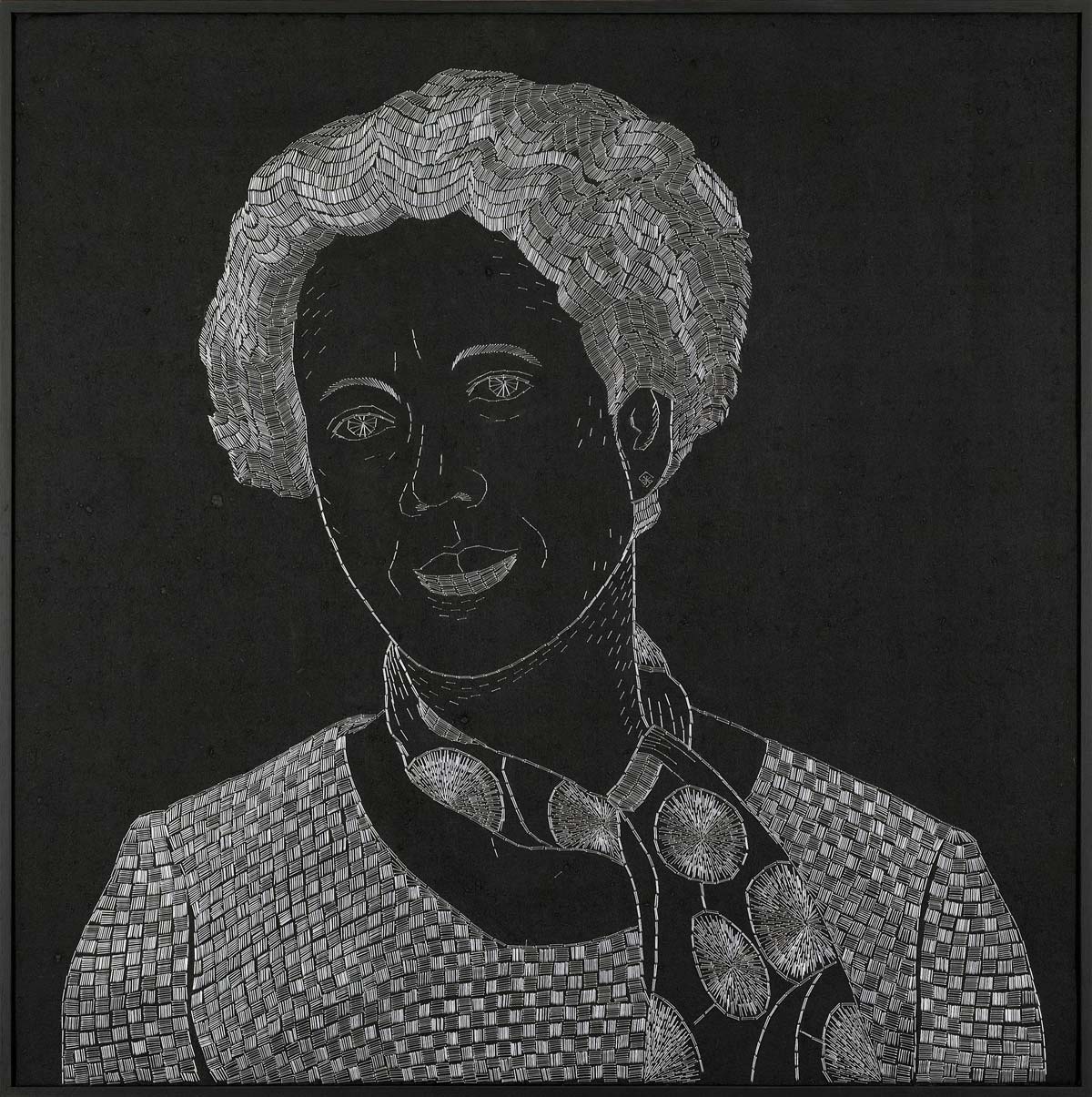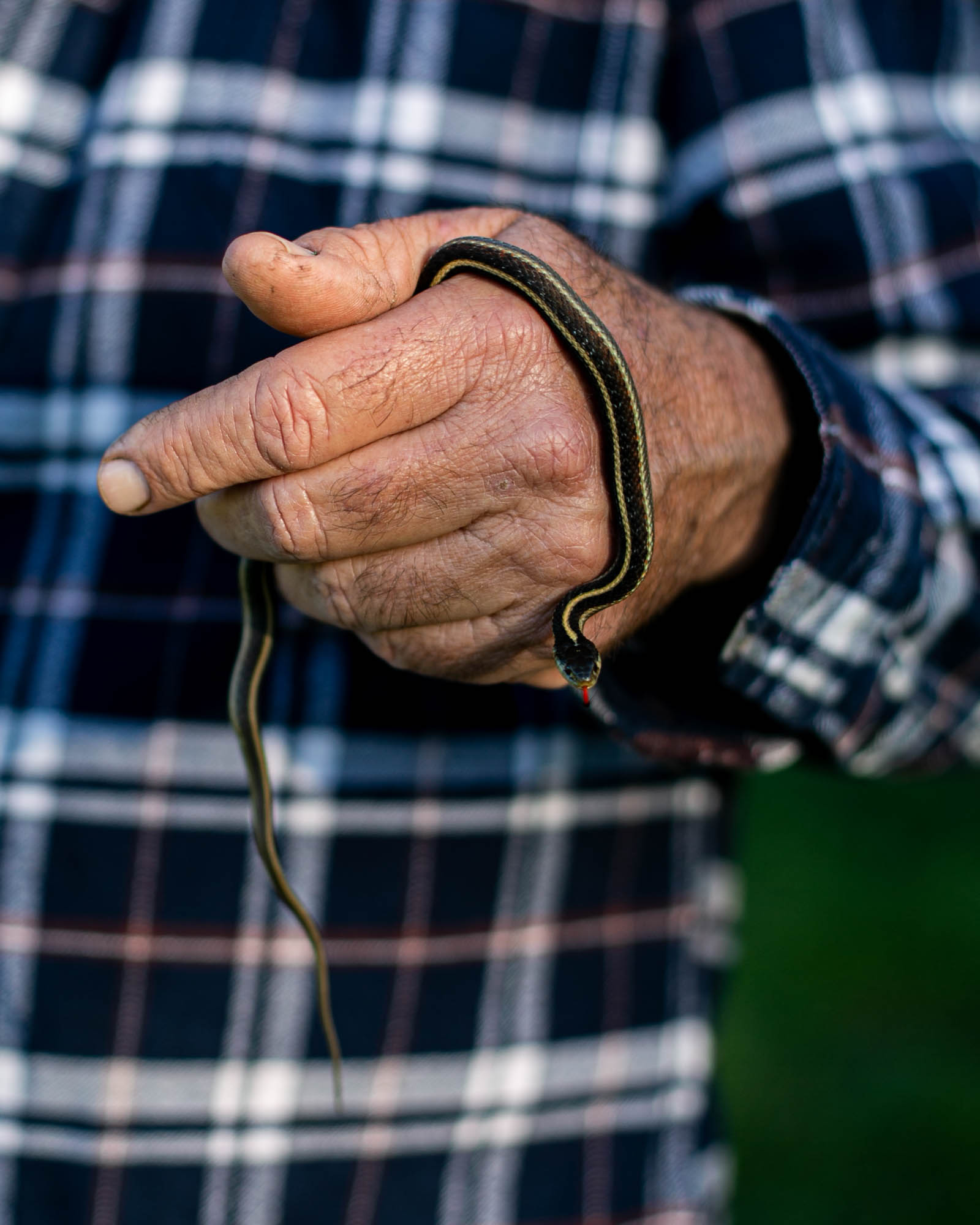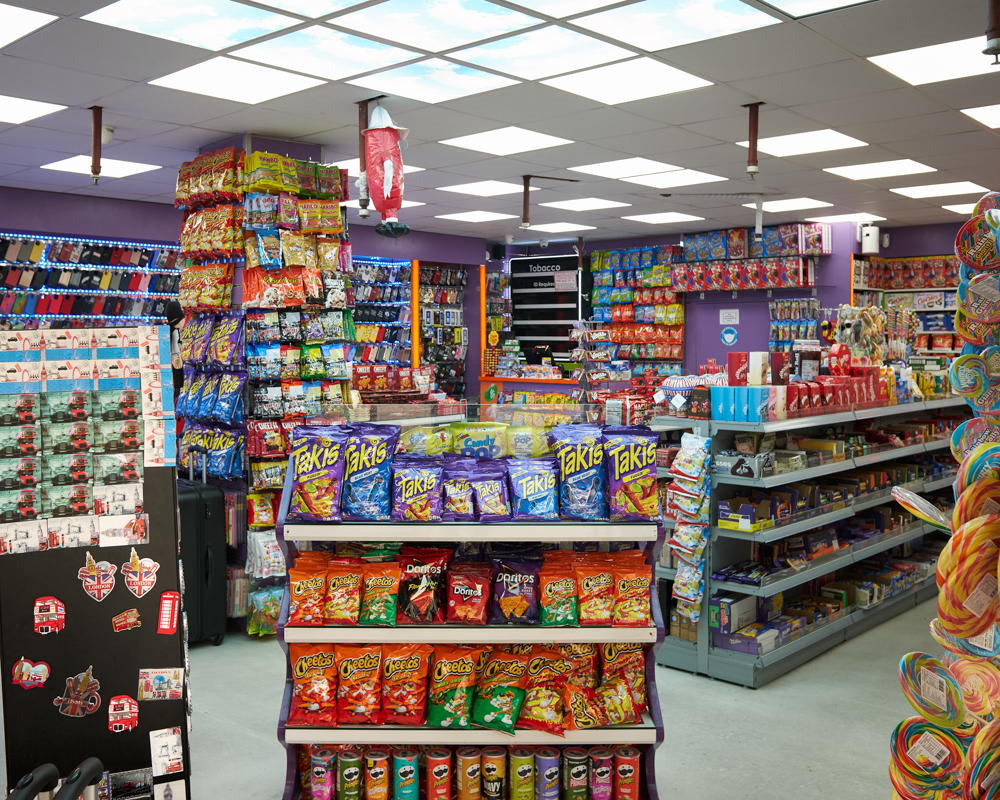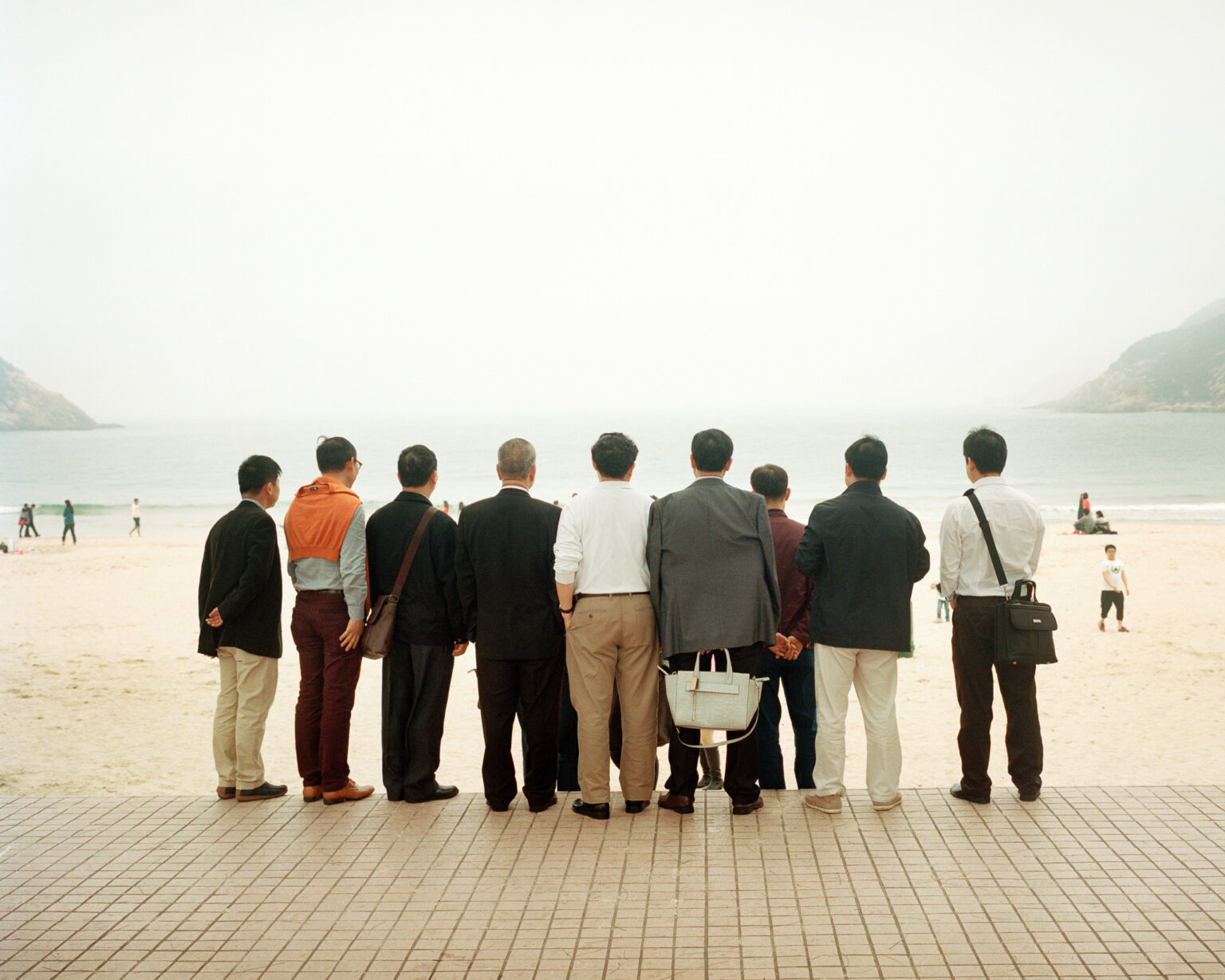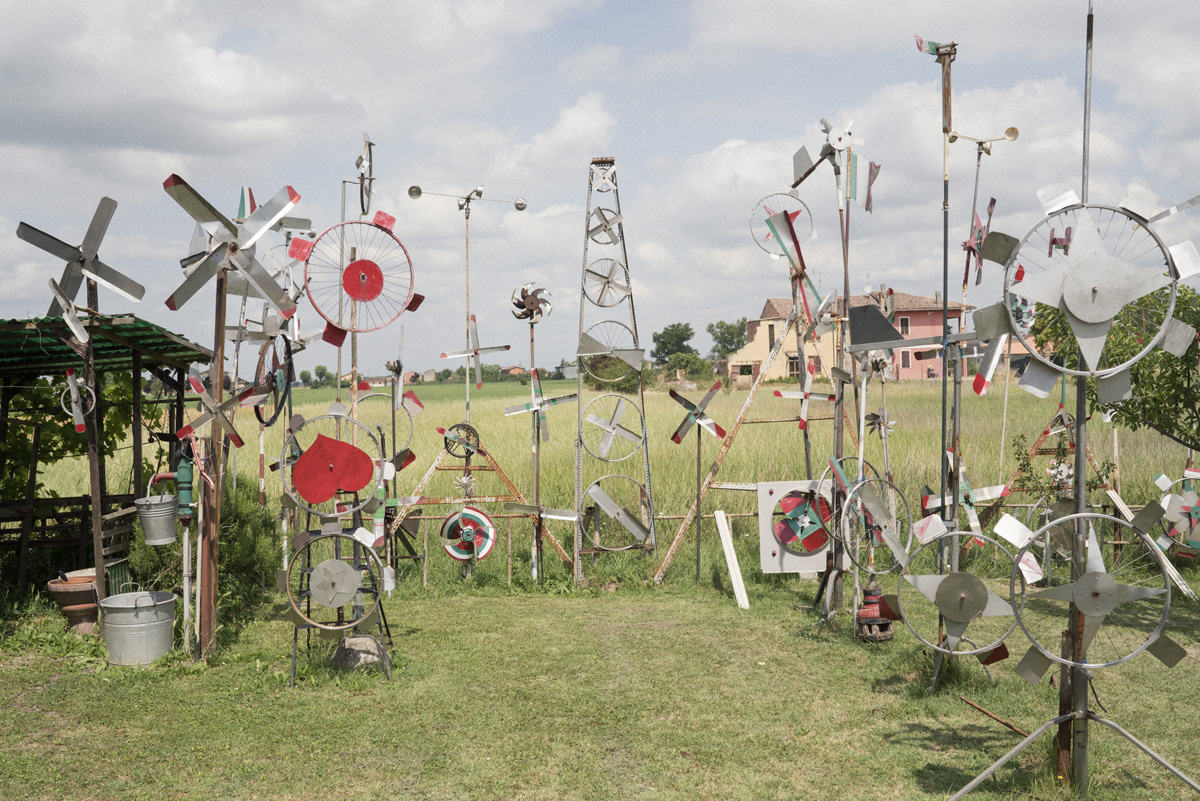London gallery Autograph presents a new exhibition by Swiss-Haitian visual artist, Sasha Hube, that questions who and what do we memorialise, and how?
Born in Zurich in 1975, Huber now lives and works in Helsinki, Finland. Her practice focuses on the politics of memory and belonging, specifically, the legacies of colonialism that remain imprinted in the environment, and provides a vision of how we can sensitively challenge and repair the damage inflicted by history.
The exhibition brings together more than ten years of work, galvanised by historian and activist Hans Fässler’s campaign to redress the legacy of Swiss-born glaciologist Louis Agassiz (1807–1873). Thanks to his contributions to glaciology, paleontology, and geology, over 80 landmarks on Earth, the Moon, and Mars, bear Agassiz’s name, though lesser known is his legacy of ‘scientific’ racism, and how he used his position to further subjugate, exploit and segregate Black people and other people of colour.
Huber’s series ‘Tailoring Freedom’, forms the heart of the exhibition. It includes images of an enslaved Congolese father and daughter Renty and Delia Taylor, whose portraits were taken on Edgehill plantation in South Carolina in March 1850 by J.T. Zealy (1812-1893) on behalf of Louis Agassiz, in support of the latter’s eugenics campaign.

Huber printed Zealy’s daguerreotypes onto wood and, using her signature staple-gun technique (which she uses to “symbolically stitch wounds together”) dressed Renty in a suit and Delia in a dress, inspired by, and to honour, abolitionists Frederick Douglass (1818–1895) and Harriet Tubman (1849–1913) respectively.
Agassiz’s racist legacy as well as the efforts to remove his name from a mountain in the Swiss Alps and replace it with Renty’s (one of the Demounting Louis Agassiz campaign’s goals) is further dissected in a series of videos, photography, performance and research that accompany the two portraits.

Huber’s desire to heal colonial and historic traumas through art is demonstrated throughout. Her stapling technique is seen again in the series ‘The Firsts’, (which ‘researches historical and systematic racism and its debilitating effects on members of the contemporary African Diaspora’), with her portrait of Swiss-Cameroonian politician Tilo Frey who campaigned for women’s rights and suffrage in her homeland, and again in Khadija Saye: You Are Missed, made to commemorate the late artist, activist, and carer who died alongside her mother in the 2017 Grenfell Tower fire. Created in 2021, both series were commissioned by Autograph as part of the project ‘Amplify – Stranger in the Village: Afro-European Matters’, supported by Art Fund.
Finally, ‘Space Race’, Huber’s 3rd animation exploring the influence of racist history on cosmic colonisation, is presented in the gallery window. Huber poses the question “what’s in a name” prompting us to reflect on what we evoke on earth, and beyond, with these names?
-
Find more information here.
